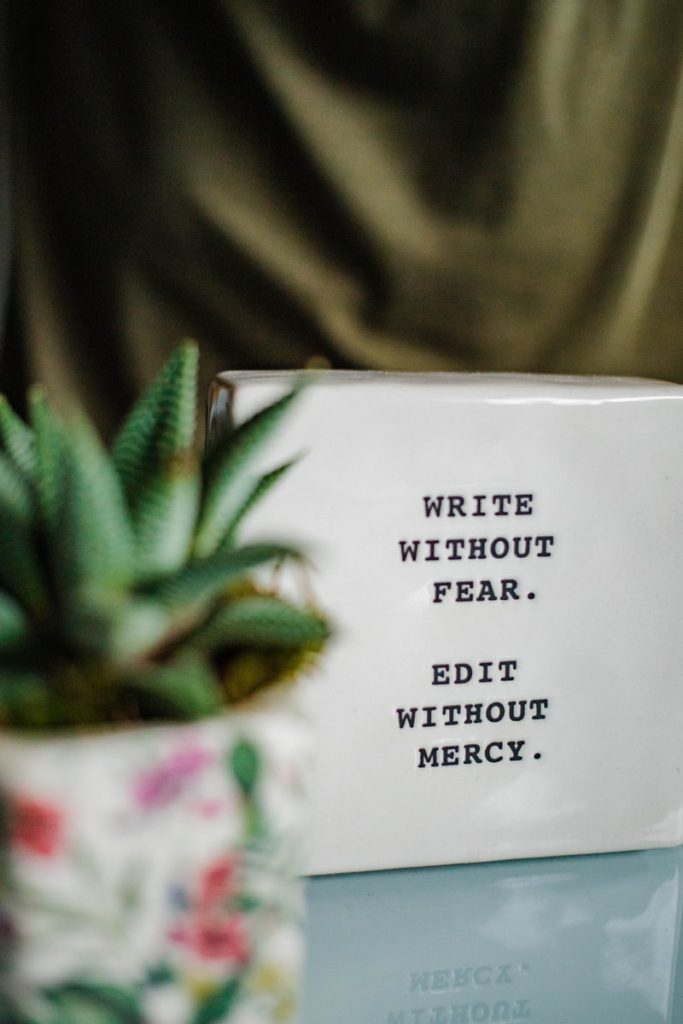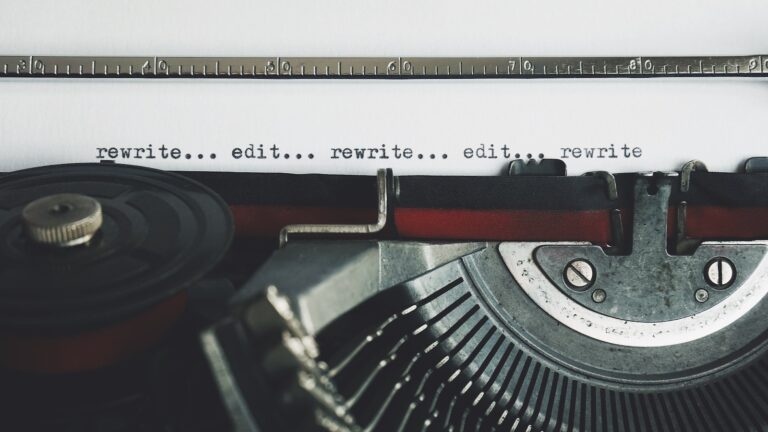Formatting Your Manuscript isn’t as Difficult as You Think
There are a lot of myths out there about formatting a manuscript. People seem to think that it’s this difficult and complicated process that requires special software and years of experience. But that’s not true! Formatting your manuscript is actually quite easy, as long as you know what you’re doing. In this blog post, I’ll teach you the basics of manuscript formatting and show you how to do it quickly and easily. I will also provide a few resources that you can use for more information. So don’t be intimidated by the process – just follow these simple steps and you’ll be good to go!
What is Manuscript Formatting?
Manuscript formatting is simply the process of preparing your manuscript for publication. This includes things like setting margins, indenting paragraphs, adding page numbers, and so on. The goal is to make your manuscript look professional and polished. This way, it can easily be turned into an ebook or be accepted by publishers and agents.
Why is Manuscript Formatting Intimidating?
I think the main reason why people find manuscript formatting so intimidating is that they don’t understand how it works. It seems like this mysterious process that only experienced professionals can do. But that’s not true! Anyone can learn how to format a manuscript, as long as they’re willing to put in the time and effort.
How to Format a Manuscript for Publishers or Agents

Tip 1: Research Your Target
Researching a publisher or agent before submitting your manuscript is always a good idea. Not only will you be able to learn about their specific formatting requirements, but you’ll also get a sense of their overall preferences. This way, you can tailor your submission to stand out from the rest of the slush pile. And trust me, your hard work will be appreciated. After all, who wants to read yet another generic manuscript? So do yourself a favor and take the time to learn about the publisher or agent before you submit. It could make all the difference in the world.
Tip 2: When in Doubt, Follow the Standards
In the publishing world, there are certain standards that are just accepted as the way things are done. For example, most manuscripts are formatted using 12-point Times New Roman font, double-spaced lines, and one-inch margins on all sides. This has been the industry standard for decades, and it’s a good idea to start out this way. That way, if you need to make changes for a specific publisher or agent, you’ll already be most of the way there. Plus, it just looks more professional. And who doesn’t want to look professional?

Tip 3: Proofread Like Your Book Depends on It
Let’s face it: no one is perfect. We all make mistakes, whether we’re mixing up words or forgetting to dot our i’s. But when it comes to your manuscript, you need to be as close to perfect as possible. Typos, grammar mistakes, and other errors can quickly turn off an editor or agent, costing you a chance at publication. That’s why it’s essential to proofread your work carefully before submission. Pay special attention to the first five pages of your manuscript, as this is often what editors use to determine whether they want to keep reading. With so many submissions to choose from, you want to make sure yours is error-free and makes a good first impression. Taking the time to proofread now could make all the difference in getting your work published.
Anyone who has ever tried to write a paper knows that grammar checkers can be helpful, but they’re not perfect. They often catch most of the obvious errors, but they can miss things, too. That’s why it’s always a good idea to have someone else take a look at your work before you submit it. If you don’t have anyone to do a hard edit for you, try this silly English teacher tip: put it aside for a week, then edit it yourself. But start with the last chapter and work your way backward. That way, it isn’t as easy to fall into the story, and you can keep focused on the minute details.

How to Format a Manuscript for eBook Publication
The self-publishing boom has been good for a lot of things- namely, giving aspiring authors the opportunity to see their work in print. But if you’re thinking of going the self-publishing route, there’s one very important thing you need to keep in mind: formatting. How your manuscript is formatted can affect everything from the layout of your eBook to its overall look and feel.
Luckily, the process for formatting a manuscript for eBook publication is similar to the process for preparing it for print publication. However, there are a few key differences that you need to be aware of.

Tip 1: Not All eBook Publishers are the Same
Before you can start writing your eBook, you need to know where you’re going to sell it. Once you’ve decided on that, you need to format your manuscript according to the requirements of the specific eBook retailer you’re using. For example, Amazon has different requirements than Barnes & Noble. Make sure you know what these requirements are before you start formatting your manuscript. Also, many will offer a sample document already formatted that you can use as a guide. Whatever route you decide to go, make sure you know the rules before you start writing your masterpiece. Otherwise, it could all be for naught.
Tip 2: Dump Fancy Fonts
Let’s face it: we all love a good font. Whether it’s something graceful and delicate or big and bold, a font can often make or break a design. However, when it comes to choosing a font for your eBook, it’s important to keep usability in mind. After all, no one wants to spend hours struggling to read tiny text or decipher an ornate script. And many eBook creation programs won’t be able to use the gorgeous design you chose. Instead, you end up with indecipherable gibberish. That’s why, when it comes to fonts, simple is always best. A sans serif font like Arial or Times New Roman is easy to read on any size screen, and it will ensure that your readers don’t get frustrated and give up on your book halfway through. So the next time you’re choosing a font for your eBook, remember: keep it simple!

Tip 3: Sacrifice Spacing Standards
The old school rule of thumb for manuscripts was to always double-space your work. This made it easier for editors to mark up your work with changes. But, if you’re planning to turn your manuscript into an eBook, there’s no need to double space. In fact, it’s best not to. Most eBook readers don’t give you the option to change line spacing, so whatever you submit is what they’ll get. And having extra space between lines can actually make your book harder to read on a small screen. So next time you’re formatting your work for an eBook, remember: single-space, not double.
Tip 4: Let Us Link
The final touches on your eBook are important but often overlooked. Be sure to add hyperlinks to your website, social media accounts, and any other extras you want people to have easy access to. You should also check if you need to bookmark and link your chapters to the table of contents; this is something that many eBook publishers expect from authors. With these final steps, you’re sure to have a successful and engaging eBook that people will want to read again and again.

Resources to Help You Format Your Manuscript
If you’re still feeling overwhelmed, don’t worry. I’ve got a few resources that can help you through the process.
- First, check out my free format example. This is a very basic Word Document set up with industry-standard formatting for publishers/agents. It will give a simple starting point, but as I said in the article, make sure to change it to fit what your publisher or eBook seller requires.
- Second, check out the Smashwords Style Guide. It’s a great, free place to start for detailed explanations of eBook formatting, plus it includes a link to a free template with example hyperlinks already included.
- Finally, if you want more in-depth help, consider hiring a professional formatter. This is an investment, but it’s worth it if you want to be sure your manuscript is formatted perfectly.

Frequently Asked Questions About Formatting a Manuscript

Final Thoughts on Manuscript Formatting
Formatting your manuscript doesn’t have to be difficult. Just remember to format it according to the requirements of the specific publisher or agent. For eBooks choose a font that’s easy to read on a screen, add hyperlinks, and bookmark your chapters. With these tips in mind, you’ll be well on your way to getting your eBook published in no time.
Do you have any other questions about formatting a manuscript? Let me know in the comments below! I’m always happy to help.
Happy writing! 🙂






